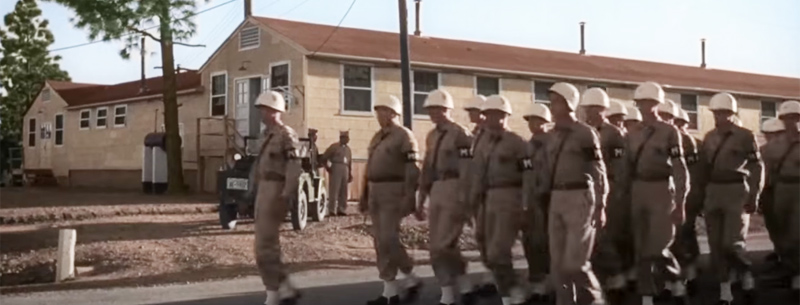In a few short years, Los Alamos, New Mexico grew from an ordinary school into a secret city of six thousand people. It is now a town that will never be forgotten because it was home to the infamous Manhattan Project.
The Los Alamos Lab
Today, Los Alamos is still a company town, with many of the roughly eighteen thousand residents working for the lab. According to LANL’s official website, ‘the primary responsibility of the laboratory has been to maintain the effectiveness of the nation’s nuclear deterrent.’ However, Los Alamos employees are also dedicated to making advances in biofuels, vaccines, and supercomputing.
The Bradbury Science Museum
You won’t be able to just wander into the lab itself, but you can visit the Bradbury Science Museum. It is divided into three main sections: history, defense, and research. The history section obviously deals with the Manhattan Project, which had such a huge impact on shaping Los Alamos, but there is also a helpful atomic timeline and a movie fittingly entitled ‘The Town That Never Was.’ The most striking displays in the Defense Gallery are the sobering replicas of ‘Little Boy’ and ‘Fat Man.’ There is also a lot of information about nuclear weaponry and supercomputing. The research section contains exhibits on mapping the brain, the human genome project, global climate change, and space.
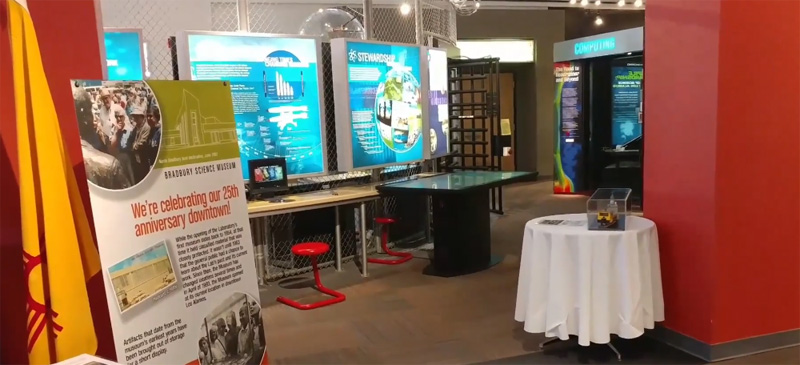
Every Halloween, the town puts on ‘Trick or Treat on Main Street.’ The museum’s contribution varies from year to year, but they don’t call it High-Tech Halloween for anything. Who needs candy when you can have science experiments? These can include live tarantulas, chemical reactions, and liquid nitrogen demonstrations. Did I mention that 1500 of the residents hold PhDs? Even the holidays are smarter in Los Alamos.
History of Los Alamos
In 1917, Los Alamos, New Mexico, had one claim to fame: it was home to the Los Alamos Ranch School. Parents stashed their sickly sons at the institution in the hope that they would grow into strapping young men, equipped with a classical education. Tucked away in the Sangre de Cristo Mountains, Los Alamos seemed like a beautiful, if remote and uneventful, a place to grow up.
However, the world was changing. In 1939, fission was discovered. Albert Einstein wrote to President Roosevelt, outlining advances in the nuclear field and how they could be used in bomb-making. In response, a fairly basic reactor research program was launched.
The British, on the other hand, took these scientific developments seriously. They offered to share information from their more advanced nuclear program, with the US. At the time, Britain had been at war with Germany for a year and they were motivated to explore nuclear weapons. Yet it wasn’t until the 1942 Quebec Agreement, between Churchill and Roosevelt, that collaboration began. But where could the US hide a nuclear program?
A man called Percival C. Keith was on the planning board for the Office of Scientific Research and Development. His two sons had been summer campers at the Los Alamos Ranch School. He thought it would make a great base for the top-secret project Y. Oppenheimer, who owned a ranch in the Sangre de Cristo area and had been horseback riding in the Jemez Mountains, agreed. Now Los Alamos had a secret identity.
Two men were in charge of the Manhattan Project. Oppenheimer, a Jewish physicist who was horrified at the rise of the Nazis, led the scientific team. General Leslie R. Groves, a disliked but highly effective leader, handled the military presence.
Robert Oppenheimer
The plan was to house thirty scientists in the Los Alamos School Buildings. These scientists arrived by train in Lamy, New Mexico, struggled on to Santa Fe then began the arduous thirty-five mile trip to the secret city beyond. Given that there were sometimes as many as six Nobel Prize Winners in Los Alamos, it could also be called America’s smartest town.
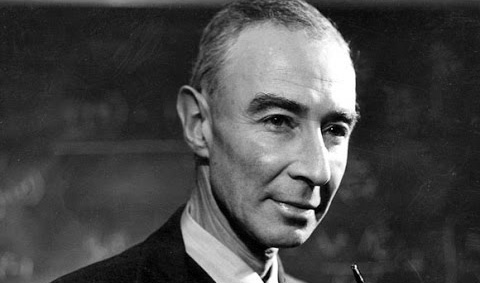
Buildings were thrown up as fast a possible but construction could not keep pace with the population, which grew to six thousand. Many residents lived in rough conditions and the whole town suffered from water shortages. This led to creative water-saving techniques such as lathering with soap before stepping into the shower, ‘which could be disastrous if the water didn’t come on,’ said local, Jane Wilson.
Los Alamos was not your typical town. There was zero unemployment and most residents were in their twenties or thirties. No one was permitted to travel more than one hundred miles away. Long-distance phone calls and outgoing mail were monitored. Mail did not come directly into Los Alamos, instead of arriving at PO Box 1663, Santa Fe, New Mexico. Babies born in Los Alamos also had this PO Box listed as their place of birth—must have been one full PO Box.
Nearby Santa Feans were fed various rumors about Los Alamos: it was a camp for knocked up Women’s Army Corps members, or it had something to do with submarines. It was pointless to ask because the Los Alamos inhabitants weren’t telling.
Spies & Lies
Still, word began leaking out… and where there are secrets, there are spies. The Allies were in a race to create a nuclear weapon and whoever got there first would win the war. The stakes couldn’t get much higher.
First, you need to know about the Venona Project, a highly classified program that decrypted messages between Soviet handlers and their spies. Some less important security threats remained at large to protect the existence and success of the Venona Project.
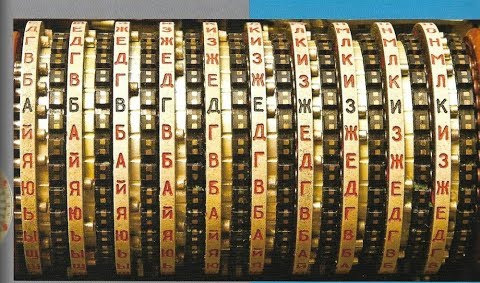
Klaus Fuchs spied for the Russians both in the UK and, later, in Los Alamos. He passed sketches of Fat Man to his handlers. When his duplicity was uncovered, he went to prison for fourteen years and subsequently moved to East Germany.
Next was Theodore Hall, a prodigy who graduated from Harvard when he was only eighteen. For reasons unknown, he sashayed into the Soviet Embassy on a vacation to New York City, to offer his services. He never served time, presumably because it wasn’t worth risking the Venona Project to imprison him.
David Greenglass worked as an army machinist in Los Alamos. He was the brother of Ethel Rosenberg who, along with her husband Julius, was executed as a spy in the 1950s. While debate continues about Ethel’s guilt, her husband was the one who approached Greenglass about spying for the Russians.
The machinist handed over sketches of Fat Man components. When captured, he turned on his sister and brother-in-law and testified against them in exchange for a plea bargain. In 2001, he confessed to perjuring himself regarding his sister, Ethel’s, role in events to knock some years off his sentence and prevent his wife, Ruth, from going to jail. He and his wife were last known to be living in New York under aliases.
There may or may not have been a fourth spy at Los Alamos. Documents released from a KGB archive mention a person with the codename Perseus, who worked in the town. The Venona Project also came across references to this individual, but the KGB snapped shut the archives, leaving the West to wonder about the spy in the shadows.
The Day the Sun Rose Twice
The men and women in Los Alamos put in ten to twelve-hour days, six days a week. Finally, the bomb was ready for testing. A stretch of government-owned desert in south-central New Mexico (White Sands Missile Range) was picked as the testing site. It was given the codename Trinity. At 5:30 am, on July 16th, 1945, a bomb called The Gadget was detonated. The blast was the equivalent of setting off 20-22 kilotons of TNT. The force shattered windows 120 miles away and could be seen from a distance of two hundred miles.
“We knew the world would not be the same… I remembered the line from the Hindu scripture, the Bhagavad-Gita… ‘Now I have become Death, the destroyer of worlds.’ I suppose we all thought that one way or another.” – J. Robert Oppenheimer
The effects of this testing are still felt today. Those living around the test site report higher cancer rates, as do residents near later Nevada and Utah test sites. The US Senate has made January 27th an official remembrance day for those who died as a result of nuclear weapons testing. However, ‘down winders’ seeking help with their medical bills face an uphill battle.
“A few people were probably overexposed, but they couldn’t prove it, and we couldn’t prove it. So we just assumed we got away with it.” – Louis Hempelmann (Medical Services and Monitoring Director of the Trinity Project)*
Dropping the Bomb
There remains a high-level of controversy among historians about whether or not the US could have ended World War II by any other means. The argument at the time was that using the atomic bomb would secure an unconditional Japanese surrender and prevent more American soldiers from being killed.

On August 6th, 1945, President Truman authorized the dropping of an atomic bomb on the Japanese city of Hiroshima. The weapon, nicknamed Little Boy, was more destructive than 20,000 tons of TNT. The precise number of those who perished is unknown, but it is estimated that at least 150,000 people died as a result of the blast, either immediately, or from radiation poisoning within five years. At the time, the city’s entire population was roughly 350,000. Three days later, a bomb known as ‘Fat Man’ was dropped on Nagasaki. This weapon claimed the lives of 70,000 people within a year. The Japanese surrendered on September 2nd, 1945.
Scientists’ Reactions
“The physicists have known sin, and this is a knowledge that they cannot lose.” Although Oppenheimer made this statement two years after Hiroshima and Nagasaki, by the 1960s, his opinions shifted. “I carry no weight on my conscience,” he said. Perhaps he, like several of his colleagues felt that, as they had no control over the end use of the atomic bomb, they also bore no responsibility for its impact on the world.
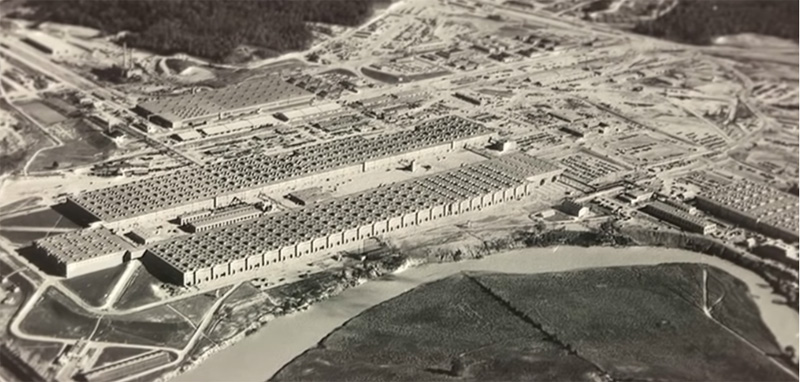
Leo Szilard, the scientist who came up with the idea of a nuclear chain reaction and who was vital in launching the Manhattan Project, came to detest the military application of his work. He sent out petitions and campaigned to prevent the atomic bomb from being used against Japan. “I opposed it with all my power, but I’m afraid not as effectively as I should have wished.”
Szilard was not the only Los Alamos scientist to lament the outcome of the Manhattan Project. Here’s what George Kistiakowski, the director of the implosion program, had to say. “Nowhere did the prostitution of scientific integrity match that of the Atomic Energy Commission’s technical staff, including the weapons laboratories and extending to its present-day successors.”
And how did Einstein, whose letters to President Roosevelt eventually led to the Manhattan Project’s creation, feel?
“I have always condemned the use of the atomic bomb against Japan but I could not do anything at all to prevent that fateful decision.” – Albert Einstein
*This Louis Hempelmann quote was reported by researchers Thomas E. Widner and Susan M. Flack.
